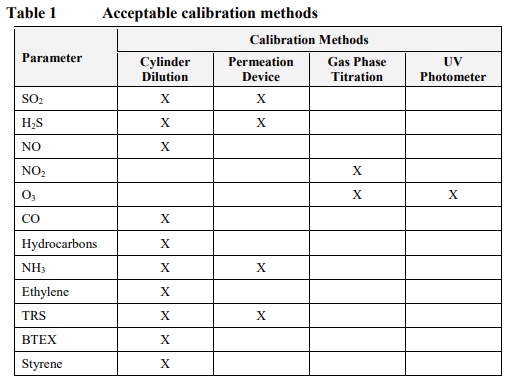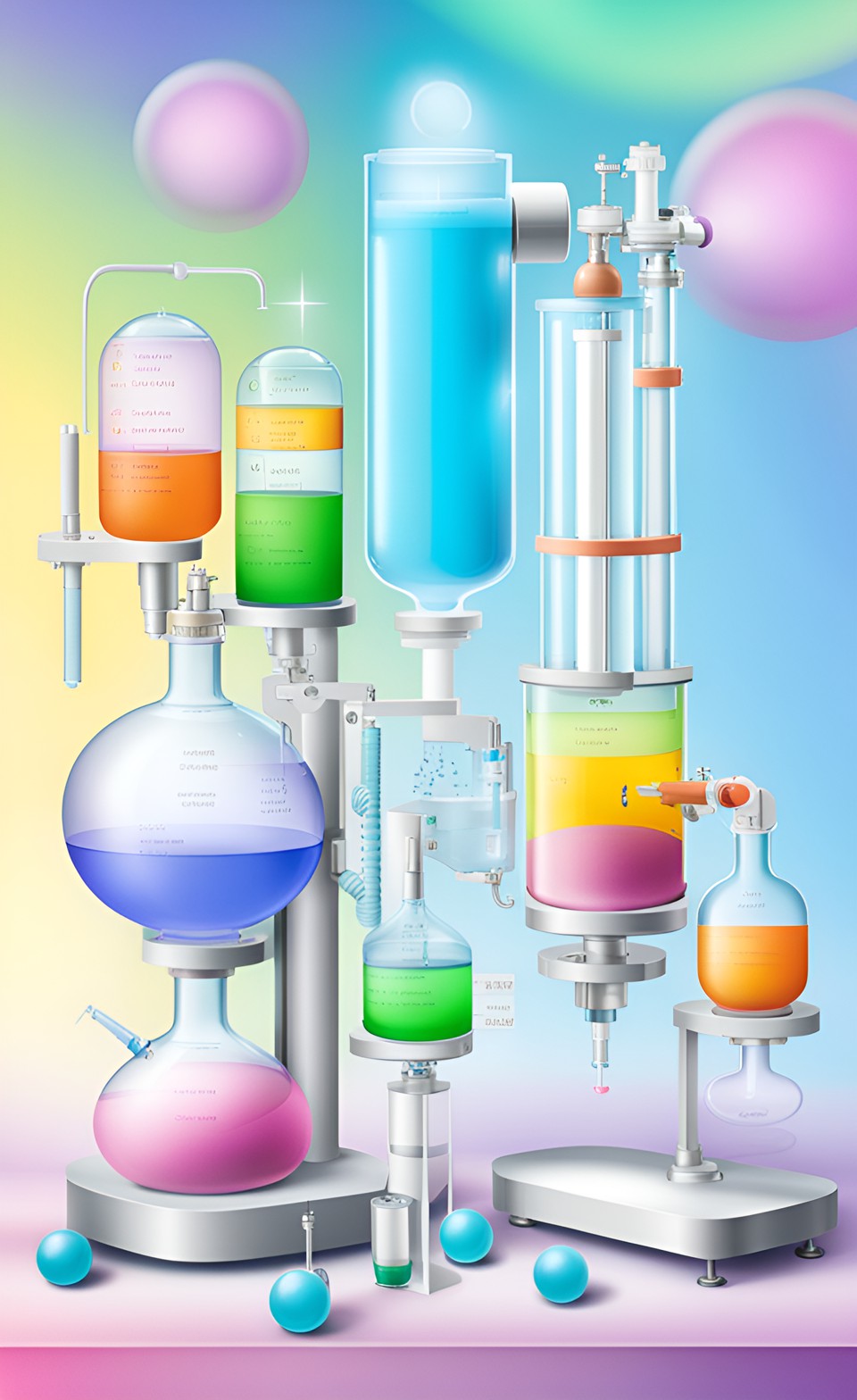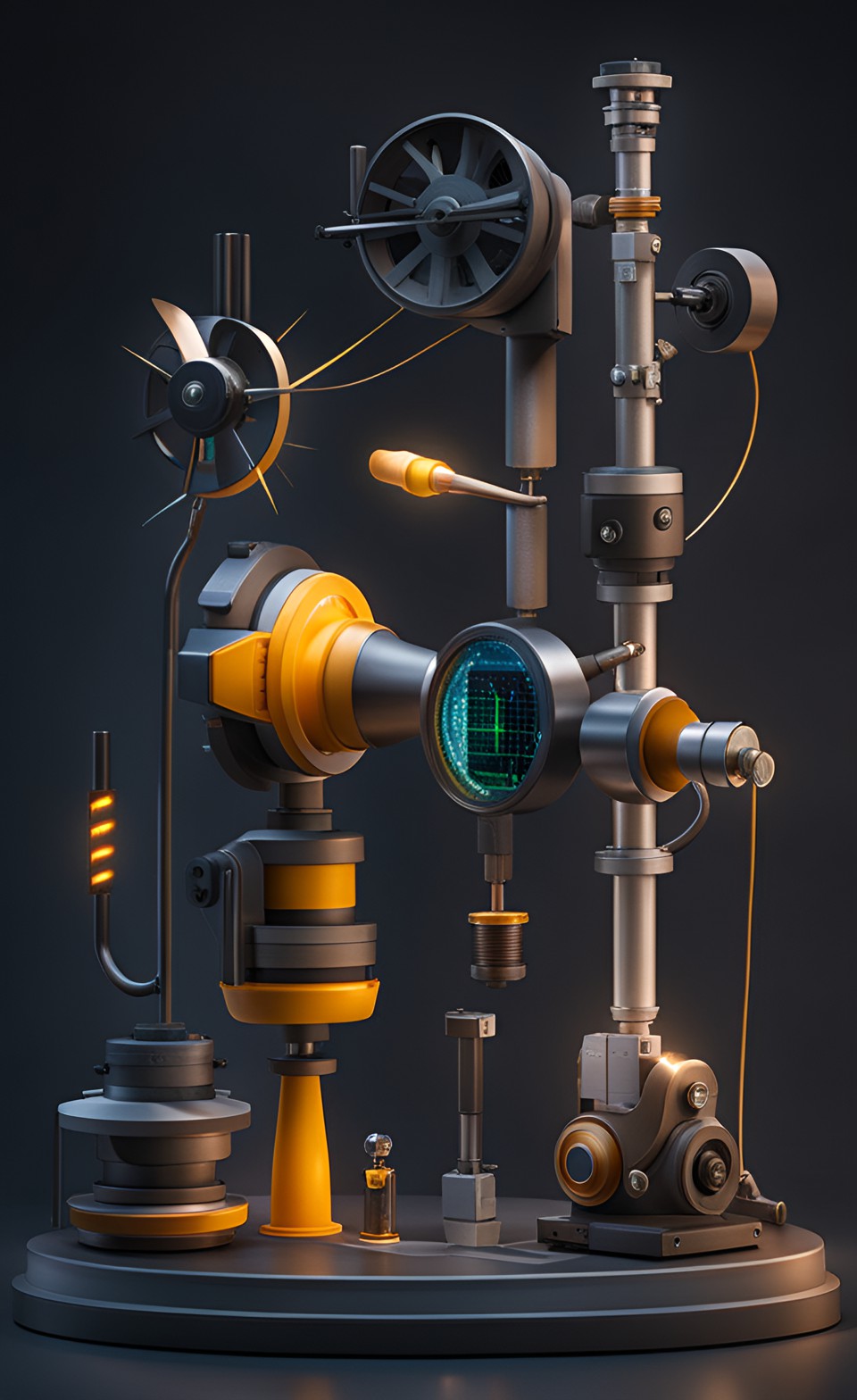- Air Homepage
- Alberta Air Quality
- How to Improve Data Quality
How to Improve Data Quality: Calibration Procedures for Air Quality Analyzers
Are you in charge of environmental monitoring? You might be interested in how to improve data quality with these techniques for air analyzer calibration.
Chapter 7: Mastering Analyzers and Wind Calibration - Is your NO2 converter efficiency between 96-104%? Do you know the exact three methods to calibrate your SO2 analyzer? Make sure your air quality measurements are accurate with this guide on dynamic calibration, gas phase titration, and wind instrument maintenance.
As this page explains multi-point calibration procedures, dynamic calibrations using permeation devices, dilution calibrations, and gas phase titration, it emphasizes precision in measuring pollutants like SO2, H2S, NO, NO2, O3, and CO. Air quality measurements are accurate and reliable because the responsible personnel follow equipment manuals, adjust for different concentrations, and check for stability.
In compliance with regulatory frameworks, this comprehensive approach ensures standardized, trustworthy data. The procedures below are based on the regulations provided by Alberta, Canada. They are spelled out in detail in Chapter 7 of the provincial Air Monitoring Directive (AMD).
Section 5.0 - Multi Point Calibration Procedure
There are different ways to calibrate air analyzers, and the person in charge needs to follow specific steps for how to improve data quality. Gas cylinders, certified permeation devices, and gas phase titration are the three common methods. Different methods are used to calibrate pollutants like SO2, H2S, NO, NO2, O3, CO, and others. See Table 1 for a summary:
 Calibration technologies by species
Calibration technologies by speciesFor calibration, the person responsible must follow the equipment manufacturer's manual and other requirements like changing filters, warming up the calibration system, and checking gas flow rates. Analyzers are used to record the reactions of different gases. These responses are used to adjust the analyzer, ensuring accurate measurements.
Different concentrations require different steps, and stability checks are crucial. For reference, the calibration is documented. Maintaining the analyzer's accuracy requires regular checks and corrections. It's about making sure the air quality data is reliable and standardized.
5.1 Dynamic Calibration Using a Permeation Device
For dynamic calibration, a permeation device is like a sealed container with a special membrane that lets out a constant amount of chemical. Inside the container, this chemical is in a delicate balance between liquid and vapor. Device provides a steady flow of chemical into a carrier gas at a specific temperature.
You follow the same procedure as before to calibrate this device. Appendix D of this chapter explains how to calculate the concentrations for calibration. Maintaining the right conditions, especially the temperature, is crucial to ensuring calibration accuracy. Over time, this method makes sure the air quality analyzer gives you reliable results. This is a great step in How to improve data quality.
5.2 Dilution Calibration
Dilution calibrations use a special gas from a compressed cylinder. The calibration works if you measure and correct the flow of this gas accurately. The multi-point calibration process is the same as before. Check out Appendices E and F for details on how to calculate the calibration gas concentration after dilution and how flow is measured.
- 5.2.1 Hydrocarbons Calibration by Dilution Method
Calibrating analyzers that measure reactive hydrocarbons (organic compounds that respond to a Flame Ionization Detector) involves methane and propane. The balance can be air, nitrogen, or another inert gas. Appendix G explains how to calculate methane equivalent when working with reactive hydrocarbons.
5.3 Gas Phase Titration
Gas Phase Titration (GPT) creates accurate standards for nitrogen dioxide and ozone. Nitrogen dioxide (NO2) and oxygen (O2) are produced by combining ozone (O3) with nitrogen monoxide (NO, also known as nitric oxide). In practice, perfect stoichiometry doesn't happen. The good thing about GPT is it converts over 99%, so it's useful for a lot of things:
- Analyzer calibration for NO, NOx, and NO2.
- O3 analyzer calibration.
- O3 generator verification.
- Analyzing the efficiency of NO2 - NO converters.
 Air quality analyzer lab
Air quality analyzer labLike the dilution system, the GPT calibration system has an ozone generator. The accuracy of this calibration depends on factors such as the quality of dilution zero air, the precision of compressed NO gas standard, the accuracy and stability of flow measurement, the stability of the ozone generator, material compatibility in the calibration system, and the condition of the analyzers. Appendix H has detailed calculations for GPT.
- 5.3.1 NO/NOx Calibration
Calibrations of NO/NOx should follow Cal 5-A's multi-point calibration procedure. It consists of 33 steps starting on page 15 of the Chapter 7 document.
- 5.3.2 NO2 Calibration
Follow these steps for how to improve data quality from NO2 analyzers:
- Reintroduce the highest NO concentration used in the calibration after NO/NOx calibration.
- Stabilize it for 15 minutes; account for NO2 impurities.
- First calibration point: convert 60-70% of the highest NO concentration to NO2.
- Once the NO2 concentration is stable, adjust the analyzer's output.
- Use ozone to convert 30-40% of the NO concentration to NO2 (second/midpoint).
- Let it stabilize for 15 minutes without adjusting the output.
- Use ozone to convert 10-15% of the NO concentration to NO2 (third/low-point).
- For this third point, don't adjust the analyzer's output.
- Create a calibration curve by plotting NO2 increase vs. NO decrease.
- Count and record the average converter efficiency, aiming for 96-104%.
- Make sure you document the calibration.
- Get the analyzer serviced by a qualified technician or the manufacturer if the converter efficiency falls outside the range.
5.4 Ozone Calibration
- 5.4.1 Method 1 - Varying Dilution Gas Flow
Method 1 for calibrating an ozone analyzer:
- Make sure you have a constant flow through the O3 generator chamber and a fixed UV generator setting.
- Change the dilution flow to vary the ozone concentration.
- 5.4.2 Method 2 - Varying UV Lamp Power
Method 2 for calibrating an ozone analyzer:
- Don't change the flow.
- Adjust the UV lamp power to change the ozone concentration.
- Lamp performance can cause inaccuracies.
- By adjusting the lamp setting, a photometer with a calibrated ozone system can provide more accurate results.
- 5.4.3 Method 3 - Direct Gas Phase Titration
Calibrate an ozone analyzer using Direct Gas Phase Titration (GPT) after calibrating NO/NO2/NOx:
- Let the analyzer stabilize with zero gas.
- Make sure you record the reading and adjust if needed.
- Use the same settings as the high NO2 point in the recent NO/NO2/NOx calibration.
- Calculate ozone concentrations for all calibration points based on NO values.
- Record the "as found" span value after the analyzer stabilizes.
- Record the adjusted high span value after adjusting the analyzer's response to match the calculated concentration.
- Let it sit for 15 minutes without adjusting.
- At each step, reduce the ozone lamp output setting for mid and low points.
- Make a note of the mid and low spans.
- Calculate calibration results using a regression analysis.
Ranges for NO/NOx analyzers:
You'll need two upscale high points for NO2 calibration on 1.0 ppm full-scale analyzers. Consider upscale points of 300 ppb, 200 ppb, and 100 ppb for high, mid, and low points for 0.5 ppm full-scale analyzers.
Section 6.0 How to improve data quality by Calibration of Wind Instruments
For accurate wind measurements:
Instruments for mechanical wind:
- Every year, take them off the tower.
- Perform mechanical inspections, alignments, and calibrations.
- When you're inspecting, check the bearings and potentiometers.
- Use an RPM generator to calibrate wind speed or send it to the factory.
 Here's a cool environmental device
Here's a cool environmental deviceSystem for ultrasonic wind:
- Make sure they're inspected every year electronically.
- Every two years, factory calibrate.
- During inspections, check the spikes, heaters, and wind speed.
- Calibrations may need to be done more often in humid areas or on mobile units.
Here's the documentation:
- Reports should have the calibration date on them.
- With the monthly report, send a copy of the wind instrument calibration.
- Follow the Reporting Chapter guidelines.
Calculate downtime:
Calibration time over 10% of monthly operating time counts as downtime.
Record of service:
Keep a record of each wind instrument's service.
Detail all the work you did to get the instrument back to working order.
Continue Chapter 7 with High Volume Sampler calibration techniques.
Help and guidance from experts
Do you monitor the environment at work? Through advanced calibration procedures, Calvin Consulting Group Ltd. helps ensure your facility provides precise and reliable air quality data.
For instance, all Alberta facilities are required to have Air Monitoring Directive Quality Assurance Plans (QAPs). Calvin Consulting Group Ltd. has written more than 200 of them.
Know how to improve data quality with wind and pollutant measurement precision and guidance for mechanical inspections, alignments, and electronic assessments. You benefit from our great experience with adhering to Alberta's standardized, trustworthy data regulations.
Make sure your environmental monitoring is up to par. Contact us at...

...if you need quality assurance plans or audit consulting. Boost your monitoring accuracy with Calvin Consulting Group Ltd.
Find out how to calibrate an air analyzer, from gas phase titration to permeation devices.
With this guide, you'll learn about multi-point calibration procedures, dynamic calibration methods and requirements for precision. Air quality data is reliable and accurate when operators adhere to standards, and that includes calibration.
Do you have concerns about air pollution in your area??
Perhaps modelling air pollution will provide the answers to your question.
That is what I do on a full-time basis. Find out if it is necessary for your project.
Have your Say...
on the StuffintheAir facebook page
Other topics listed in these guides:
The Stuff-in-the-Air Site Map
And,
Thank you to my research and writing assistants, ChatGPT and WordTune, as well as Wombo and others for the images.
OpenAI's large-scale language generation model (and others provided by Google and Meta), helped generate this text. As soon as draft language is generated, the author reviews, edits, and revises it to their own liking and is responsible for the content.

New! Comments
Do you like what you see here? Please let us know in the box below.